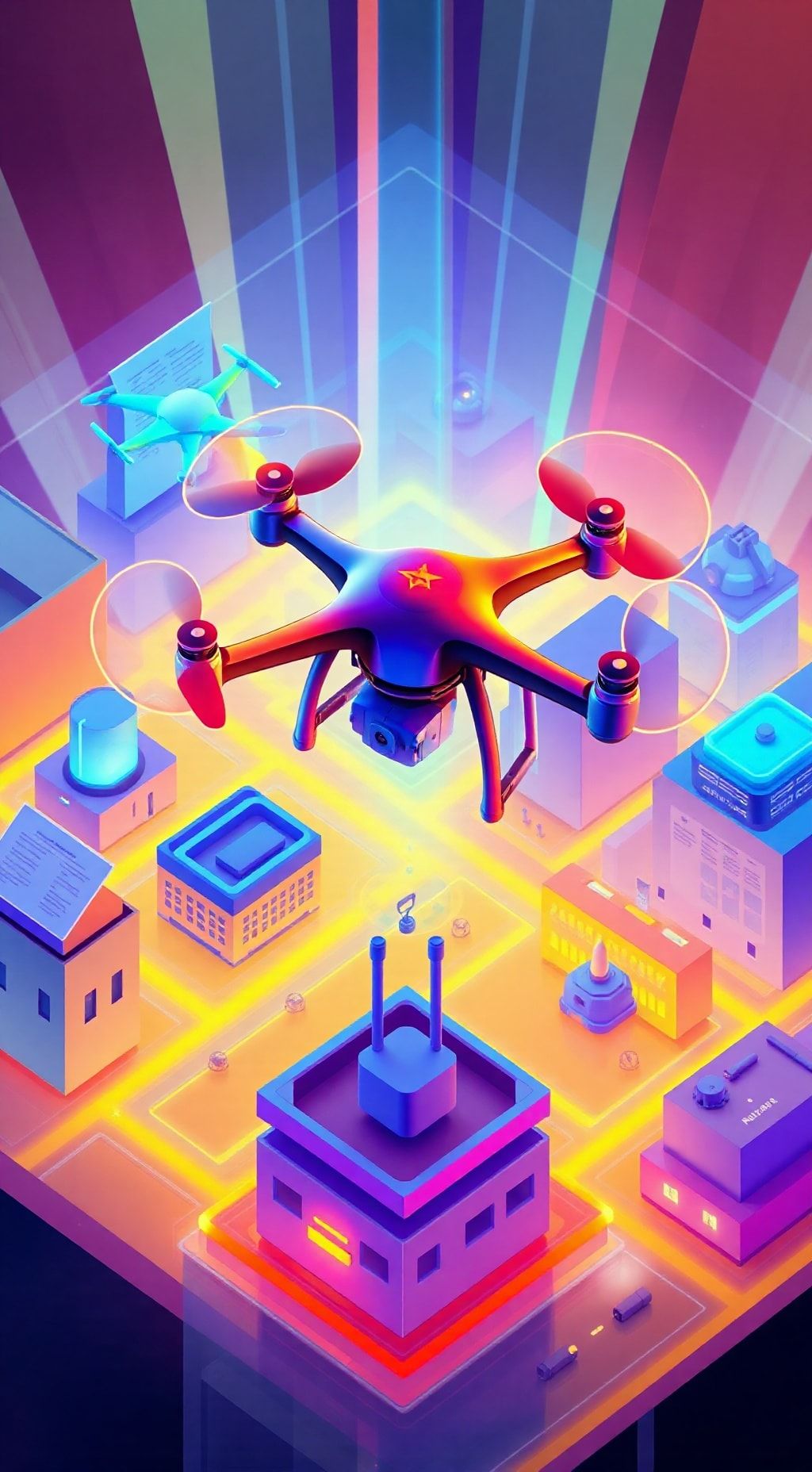China Takes Flight At Historic Fai World Drone Soccer Championships
China Makes History at the Inaugural FAI World Drone Soccer Championships in Shanghai The inaugural …
09. January 2025

The Future of Drone Flight: Understanding the Law
You own the airspace above your property, subject to applicable FAA rules and regulations. This means that you have the right to use that airspace as you please, provided any aircraft flying over it follows the Federal Aviation Administration’s (FAA) guidelines.
However, this airspace is also an easement for all aircraft. Any aircraft has the right to fly over your property, provided they are following FAA rules and regulations. This includes drones, which are considered aircraft by the FAA.
One important thing to note is that there is no set minimum altitude for drone flight over private property. The FAA has not established such a limit, and local governments have zero authority to restrict drone flight within their airspace.
Surveillance laws already in place apply to drones the same as they do to cameras, smartphones, binoculars, or any other device used for surveillance. State-specific laws related to drone surveillance are limited to cases where there is a specific intent to spy on someone or critical infrastructure.
Most states have created drone-specific laws, but these laws are limited in scope. In most areas, local governments cannot restrict drone flight within their airspace. If you’re concerned about drones flying in your area, refer them to the FAA for clarification of the law.
The debate over whether federal courts and governments should decide on drone regulations or if local governments should have more authority to set restrictions continues. Some argue that changes are needed to ensure public safety, while others believe that current laws provide adequate protection.
We want to hear from you! Share your thoughts on this topic, including any research or rebuttals. What do you think about the current laws and regulations surrounding drone flight?